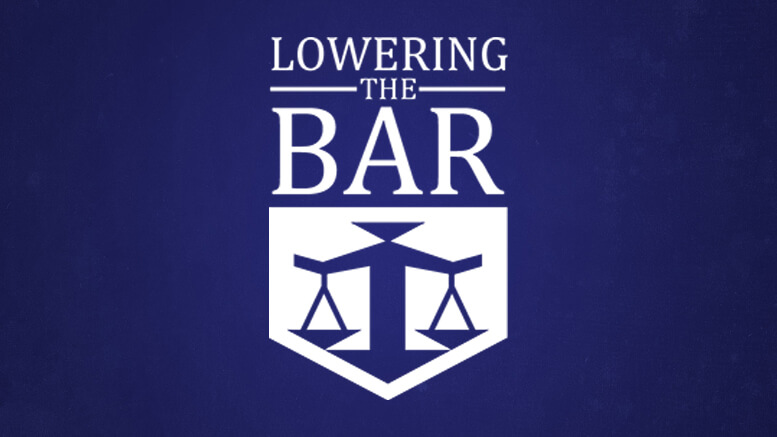A while back, I made fun of a brief that was filed on behalf of Jeffrey Skilling (of Enron fame, or infamy), not because it was bad but because it was 239 pages long. At the time, I thought that was a lot of pages.
On October 9, the California Court of Appeal ruled in a case involving what it described as "what may well be the most oppressive motion ever presented to a superior court," an eye-catching statement given all the oppression associated with superior courts anyway. The oppressiveness in Nazir v. United Airlines was not due to the kind of arguments made, just the sheer number of pages involved. Counting the required separate statements and appendices and other attachments as well as the briefs themselves, the parties apparently submitted 5,415 pieces of paper to the court for just this one summary judgment motion.
The briefs themselves were not the most remarkable thing about this. While they were all way too long — the opening brief, opposition, and reply were 85, 57, and 76 pages respectively — all three put together still would not equal the incomparable monster brief filed in the Skilling appeal, which as I pointed out before was half the length of Huckleberry Finn. But because summary judgment motions involve battles about the facts, they often involve lengthy attachments of exhibits and so forth. "Lengthy" generally means maybe a couple hundred pages, though, not well over five thousand. Depending on what kind of paper was being used and how many tabs there were, the stack of papers related to this one motion could have approached three feet in height.
It is especially odd for the defendants (who filed the motion) to have contributed so much to this pile, since the point of filing a summary judgment motion is to show that there are no genuinely disputed issues of fact that have to go to a jury. The fewer facts you bring up, the better, so the fewer pages, the better (always a good rule anyway). But here, the defendants' first set of papers was 1056 pages long, and (after more than 2000 pages from the plaintiff) they filed even more in reply (1150). It was, the court said, "a record the likes of which we have never seen."
Not surprisingly, the court reversed most of the judgment, managing to find some disputed facts in the ginormous mass of paper that had been dumped into the record. It managed also to criticize the trial judge, though, noting that "what apparently happened is that the trial court did not read all the papers." No kidding?
Cite: Nazir v. United Airlines, Inc., 2009 WL 3235159 (Cal. App. Oct. 9, 2009).
Link: The UCL Practitioner
